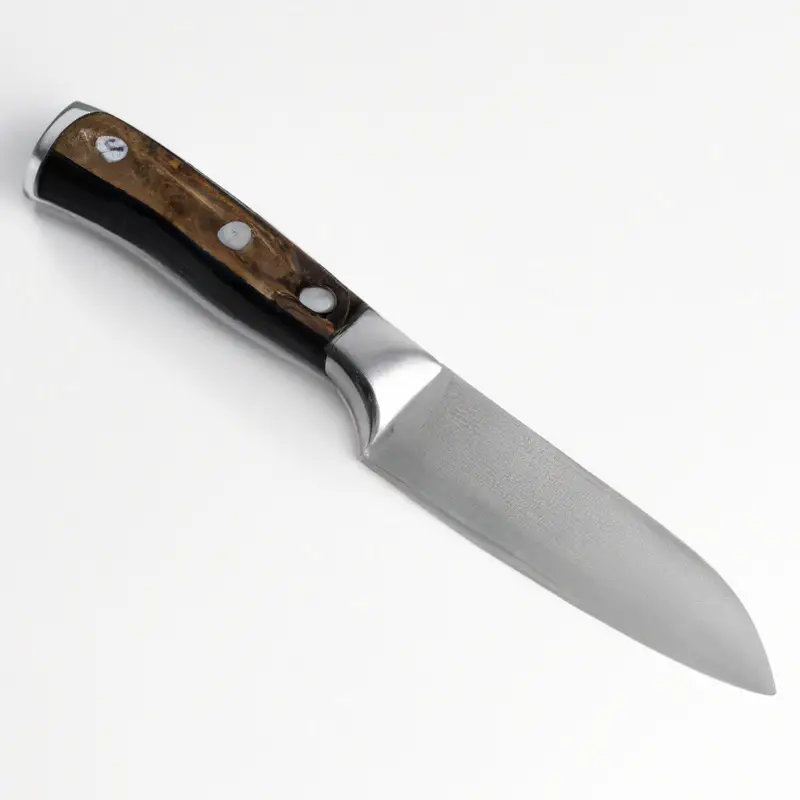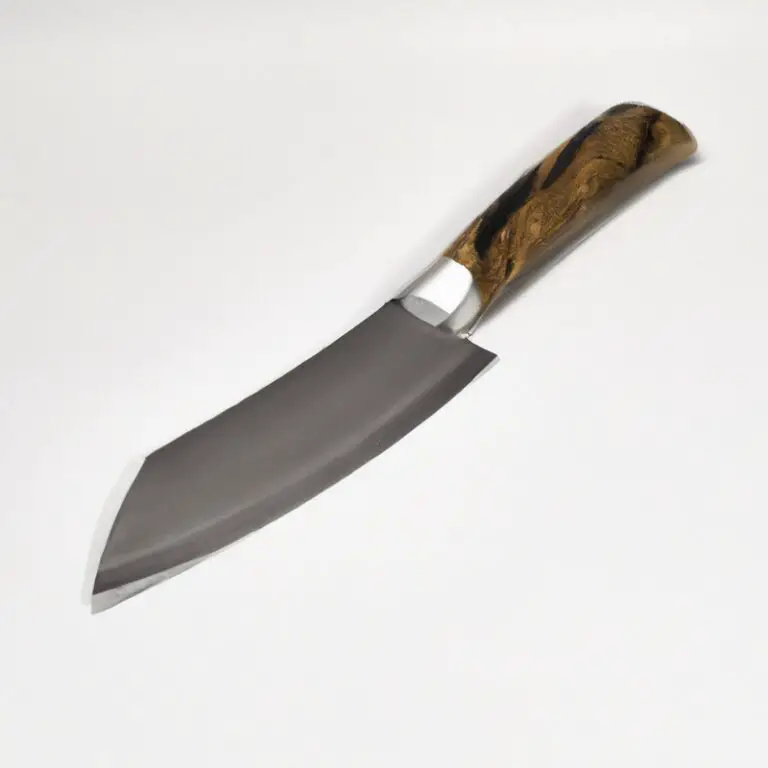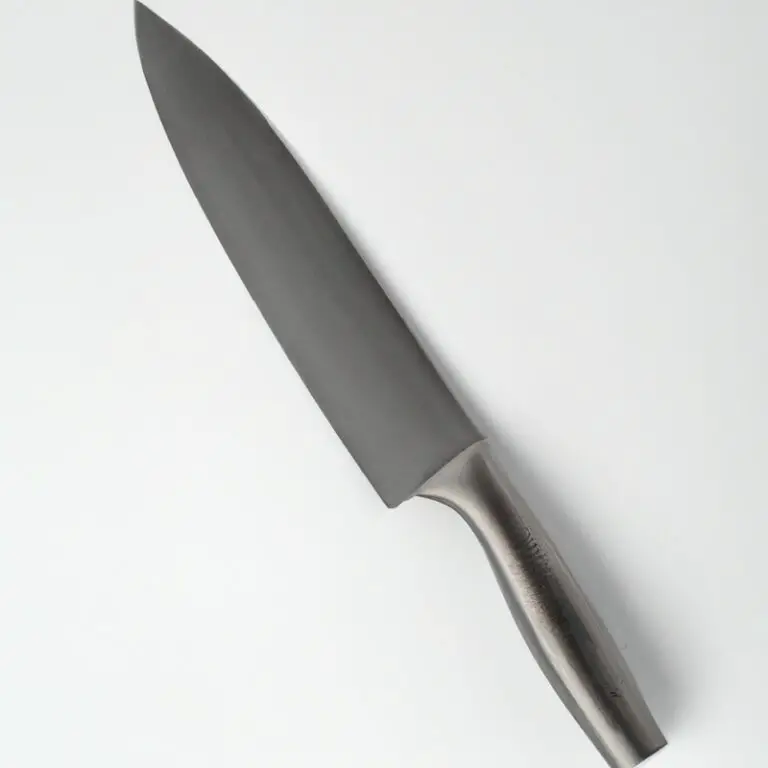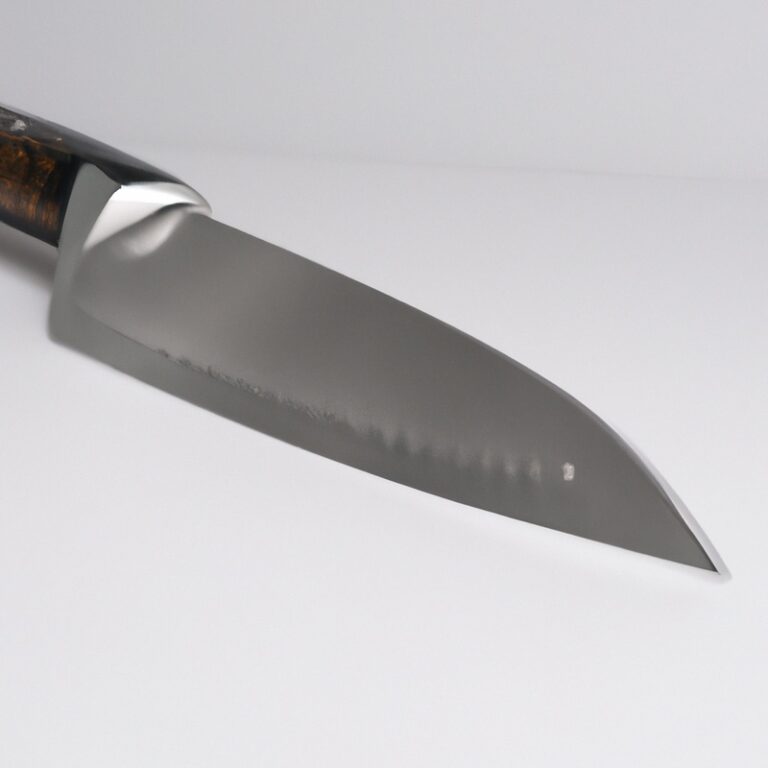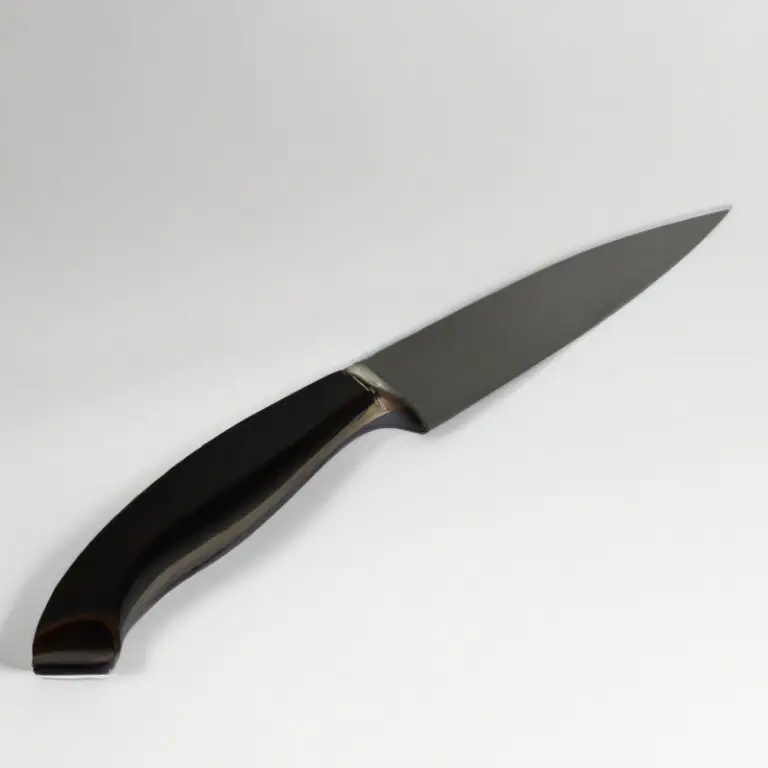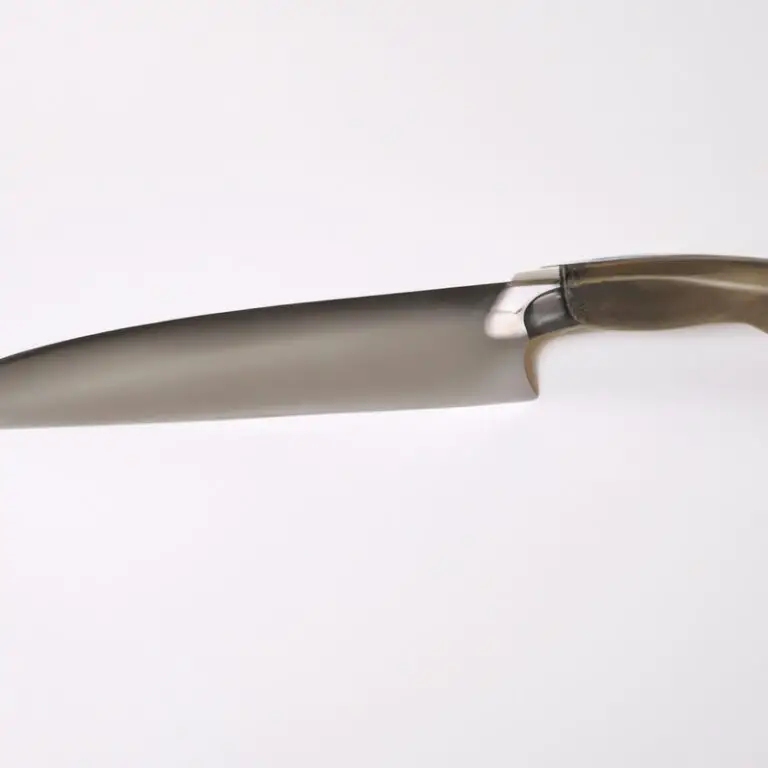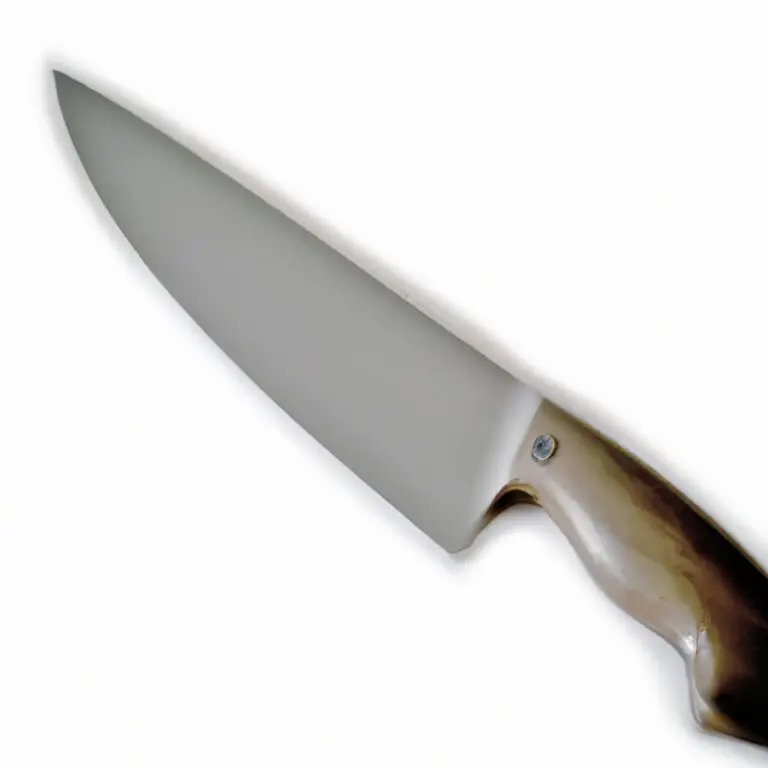How To Fillet a Pompano Using a Fillet Knife? Easy And Quick!
Key Takeaways:
- A sharp fillet knife is crucial for filleting a pompano effectively and safely.
- Start by removing the head and tail, then make a precise angled cut along the backbone to remove the fillet.
- Use a flexible fillet knife to remove the skin and any remaining bones.
- Practice and patience are key to mastering the art of filleting a pompano using a fillet knife.
Are you looking to cook up a delicious pompano for dinner tonight? Learning how to properly fillet a fish can make all the difference in taste and presentation.
With the right tools and technique, filleting a pompano can be a breeze.
In this article, I’ll guide you through the step-by-step process of filleting a pompano using a fillet knife. From cleaning the fish to trimming the fillets, I’ll cover every detail you need to know to make your next meal an impressive hit.
So, grab your fillet knife and let’s get started!
| Action | Steps |
|---|---|
| Step 1 | Place the pompano fish on a flat surface and make an incision along the backbone, starting from the top of the fish’s head to the tail |
| Step 2 | Insert the fillet knife into the incision, starting at the head, and run the knife along the backbone until the entire fillet is separated from the bone |
| Step 3 | Flip the fish over and repeat the process on the other side to remove the second fillet |
| Step 4 | Remove any remaining bones or skin from the fillets using the fillet knife or a pair of pliers |
Preparing for filleting: Cleaning the fish
Before filleting the pompano, you need to clean it properly. Rinse the fish under cold running water, and use a scaling tool or the back of a knife to remove the scales.
Lay the fish on a clean cutting board, and use a sharp knife to cut off the head just behind the gills.
Cut open the belly and remove the guts. Rinse the fish again and pat it dry with a paper towel.
Your pompano is now ready for filleting.
Choosing the right fillet knife
Choosing the right fillet knife is crucial when it comes to filleting a fish like pompano. A fillet knife with a flexible and narrow blade that ranges from 6 to 9 inches in length is ideal for this job.
When selecting a fillet knife, consider the quality of the blade and handle.
A high-quality blade made of stainless steel or carbon steel is durable and long-lasting. The handle of the knife should provide a comfortable grip and should not slip even when wet.
It’s also essential to choose a fillet knife that matches your experience and skill level.
If you are a beginner, a fillet knife with a longer blade may be more challenging to handle. On the other hand, experienced filleters might prefer a longer blade for better precision and control.
In summary, choosing the right fillet knife is essential for a successful and effortless filleting process.
Look for a fillet knife with a flexible and narrow blade, quality materials, a comfortable grip, and a suitable blade length that matches your skill level.
Identifying the various parts of the pompano
Identifying the various parts of the pompano is crucial before filleting it. The pompano has a distinct oblong-shaped body with a silvery-gray color on its back and a lighter shade on its belly.
It also has a sharp head with a small mouth and a forked tail.
When filleting a pompano, it is necessary to locate the fish’s dorsal fin that runs along its back and the anal fin on the underside of the fish. Using a fillet knife to cut along these fins helps separate the flesh from the bones.
Furthermore, the pompano also has thick rib bones and pin bones that need removing during the filleting process.
Pin bones are tiny, needle-like bones that run vertically along the fillet, while rib bones are bones that run across the fillet’s length. By being aware of these various parts of the pompano, you can ensure a clean and efficient filleting process and retain as much meat as possible from the fish.
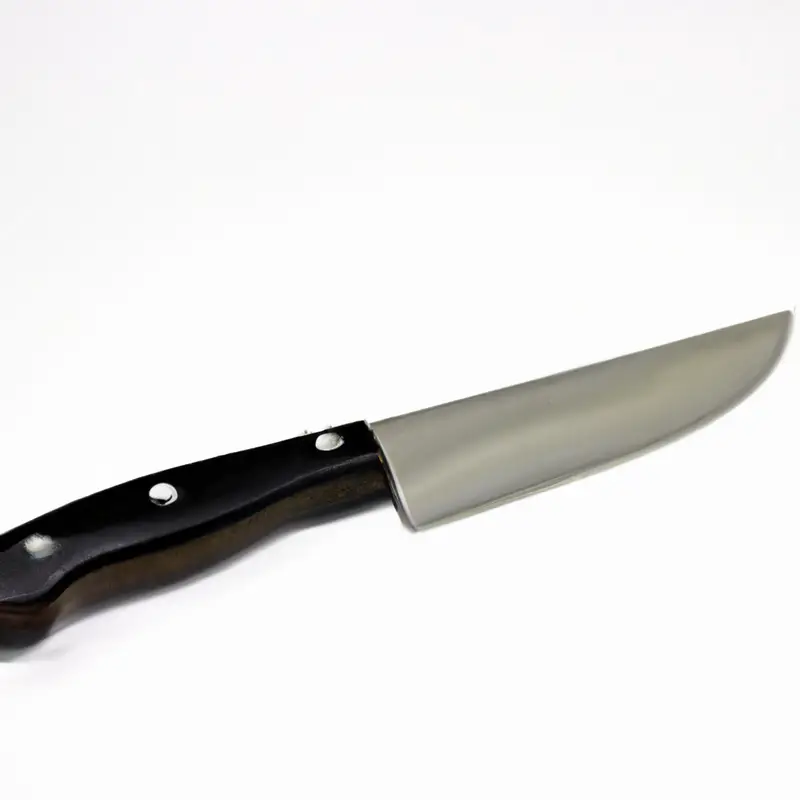
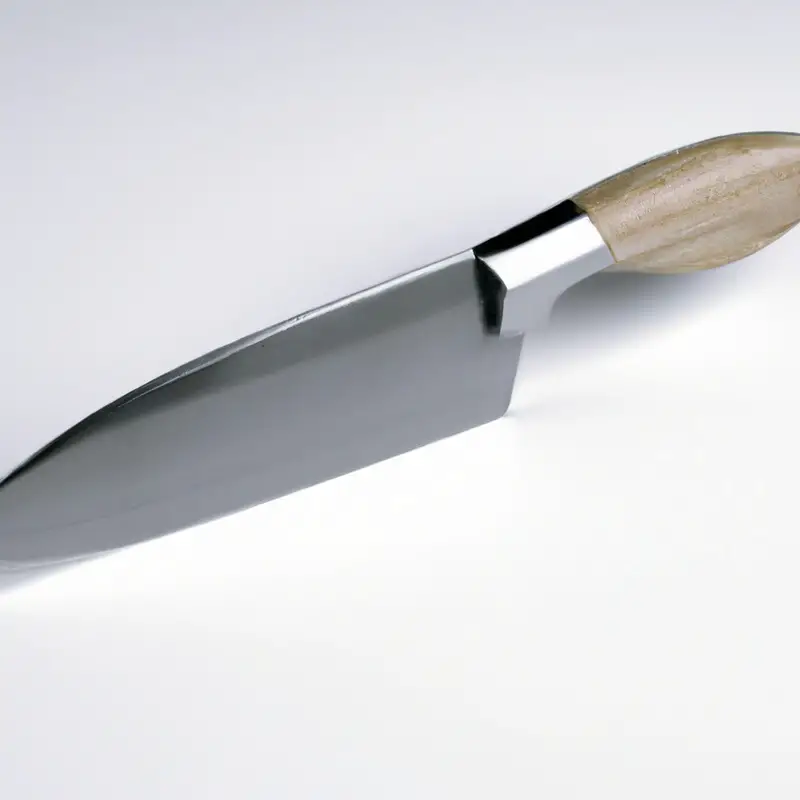
Making the first cut: Removing the head
To begin filleting a pompano, the first step is to remove its head. Take your fillet knife and make an incision just behind the gills, at a 45-degree angle towards the head.
Then, turn the blade and continue cutting through the fish’s spine until the head is completely removed.
Be careful not to cut through the fillet as you remove the head. Discard the head and continue with the next step of filleting.
Cutting along the spine to remove the fillet
After removing the head of the pompano, the next step is cutting along the spine to remove the fillet. Start the cut behind the gills and use the tip of the fillet knife to create an incision towards the tail.
Apply even pressure on the spine while cutting to separate the fillet from the bone, keeping the knife as close as possible to the backbone.
Repeat the process on the other side of the fish. The fillets can then be trimmed to remove any remaining bones or uneven edges.
Removing the skin from the fillet
To remove the skin from the fillet, use a sharp fillet knife to make a small cut on the end of the fillet, where the skin meets the flesh. Hold the fillet and gently slide the knife between the skin and flesh, angling the blade downward towards the skin.
Use a back and forth motion to remove the skin while holding the fillet down with your other hand.
Repeat the process on the other side. If the skin is difficult to remove, try using a paper towel or a pair of pliers for a better grip.
Removing the skin will make the fillet more enjoyable to eat and easier to cook.
Removing the pin bones
Removing the pin bones is an essential part of filleting a pompano. These tiny bones run along the center of the fillet and must be removed carefully to ensure a smooth and enjoyable eating experience.
To remove the pin bones, hold the fillet with one hand and use a pair of pliers or fish bone tweezers to grasp the end of the first bone.
Gently pull the bone out by following its natural direction and pulling it in the opposite direction of the way it is pointing. Repeat this process with the remaining bones, making sure to remove all of them.
Removing the pin bones can take some practice, but with the right tools and technique, it can be done quickly and efficiently.
Once the pin bones are removed, you can continue with trimming the fillets to your desired shape and size and store them properly for later use.
Repeat on the other side of the fish
Next, repeat the same process on the other side of the fish to remove the second fillet. Place the fish on your cutting board with the remaining unpinned side facing up.
Make a small incision at the top of the fish below the gills and slide your knife along the fish’s spine towards the tail.
Gently cut the flesh from the bones using a sawing motion, keeping the blade flat against the bones. Remove the fillet from the skin using the same technique as before, sliding the knife between the flesh and skin while holding onto the skin with your other hand.
Once you have removed the second fillet, use your knife to trim away any remaining bones or skin.
Be sure to discard any excess scraps and properly store your fillets in a clean and dry container, either in the fridge or freezer for later use.
Trimming the fillets
Trimming the fillets is the final step in preparing pompano fillets. It’s important to remove any remaining bones or uneven parts to ensure a smooth and even texture for cooking.
Use scissors or a fillet knife to trim any excess fat or uneven edges.
Make sure to cut away any grey or brown parts of the fillet as they may have a bitter flavor. Take your time in this step to make sure each fillet is trimmed properly before storing or cooking.
Storing the fillets properly
After filleting the pompano, it is crucial to store the fillets properly to maintain their freshness and prevent spoilage. Firstly, rinse the fillets in cold water and pat them dry with a clean towel.
Then, wrap them tightly in plastic wrap or aluminum foil to prevent exposure to air that can cause freezer burn.
Alternatively, store them in an airtight container or freezer bag. Label the storage container clearly with the date of filleting.
If storing in the refrigerator, consume the fillets within 1-2 days.
For longer-term storage, freeze the fillets for up to six months. Before cooking, thaw the frozen fillets slowly in the refrigerator overnight.
Pro tip: To prevent freezer burn, place the wrapped or bagged fillets in a single layer in the freezer.
Avoid stacking them, as they are more prone to freezer burn. By storing the fillets properly, you can ensure that they remain fresh and flavorful when you’re ready to use them.
Final Verdict
Filleting a pompano using a fillet knife may seem intimidating at first, but with proper preparation, technique, and the right tools, it can become a simple and rewarding task. By cleaning, choosing, and identifying the different parts of the pompano, making the first cut, removing skin and pin bones, and finally trimming and storing the fillets properly, you can create an exquisite dish that showcases the delicate and delicious flavor of this fish.
Remember to approach every step with care and precision, allowing you to achieve a beautiful and seamless fillet.
By following these tips, you can confidently fillet a pompano like a pro and elevate your culinary skills. Happy cooking!

